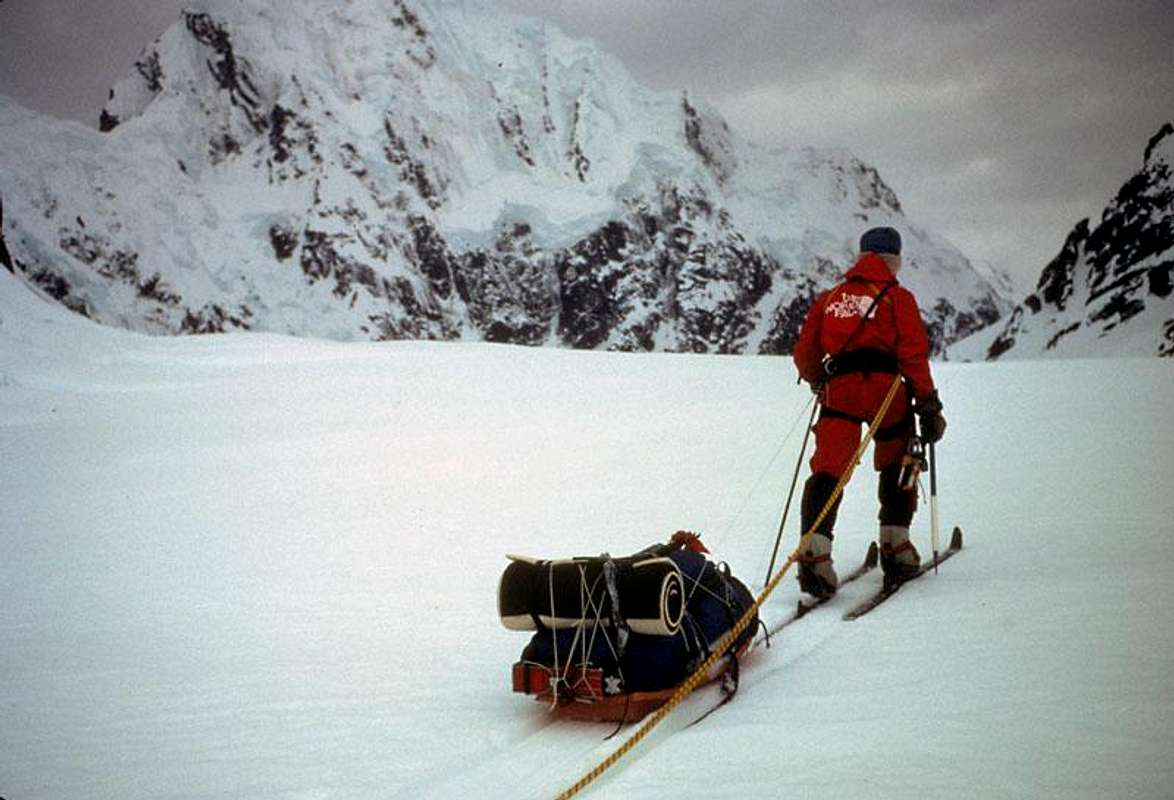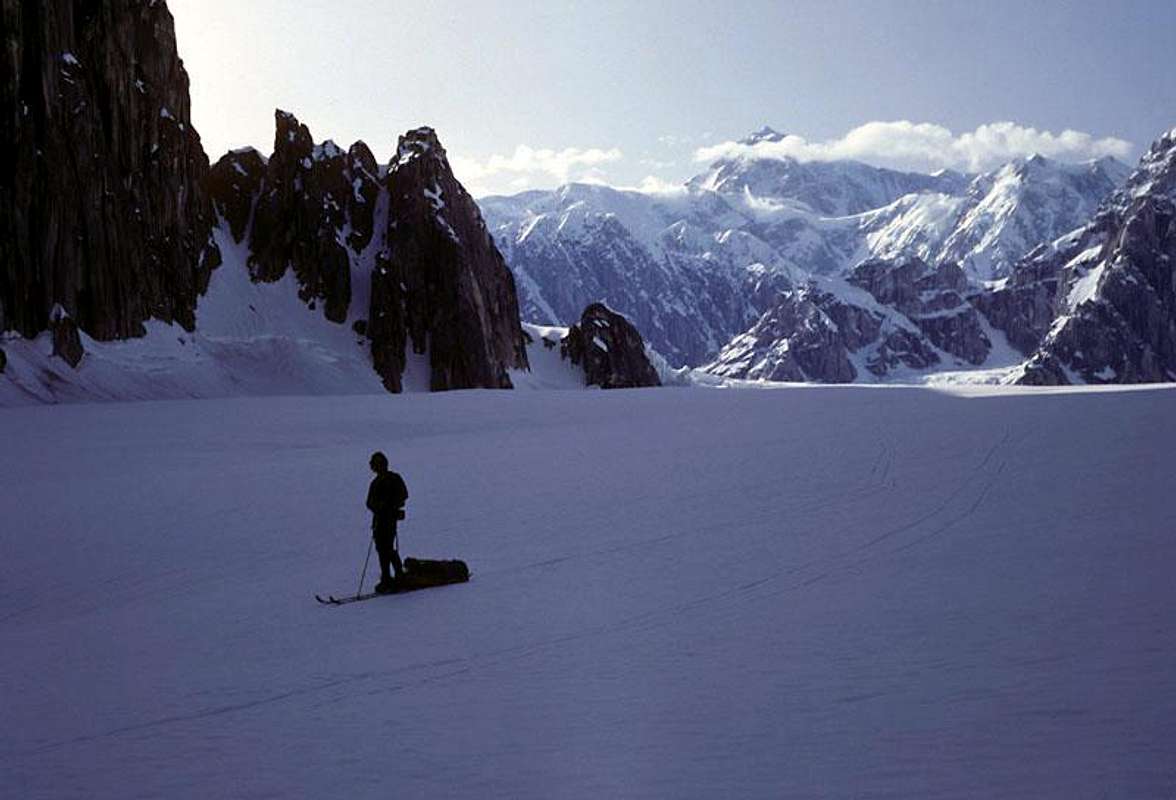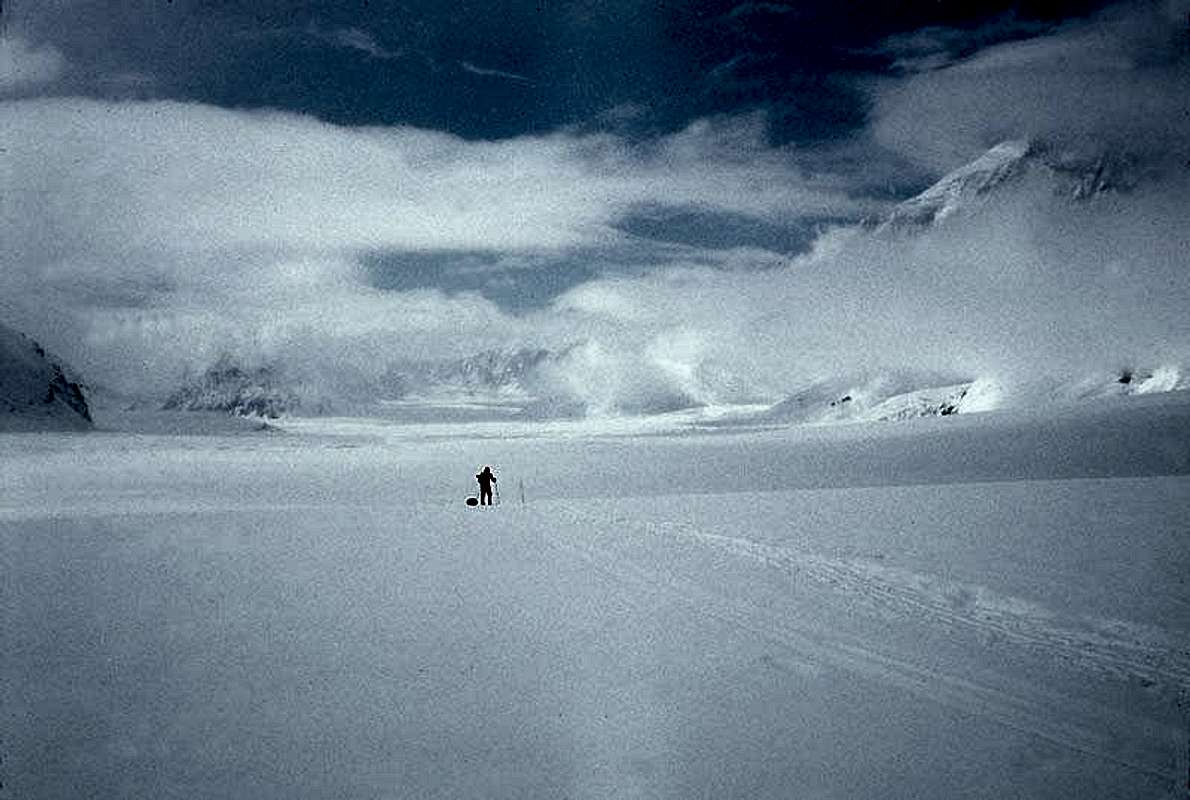Sleds for Hauling
What do you use for sled hauling? I have heard of people improvising plastic sleds for sledding, homemade toboggans and expedition sleds designed for hauling.
Climbing, hiking, mountaineering forum
https://www.summitpost.org/phpBB3/
https://www.summitpost.org/phpBB3/sleds-for-hauling-t68757.html

Sierra Ledge Rat wrote: Unless you are hauling on flat sea ice, I recommend some poles in your harness for better control of the sled. Sleds slide all over the place and tip over constantly.
Ideally you want to have easy access to your pack while it's in the sled.
Wiring or riveting something together may be "bomber" but if it breaks then it's difficult to repair. Using paracord to tie things together may not last long, but it's easily and quickly repaired when it does break.



